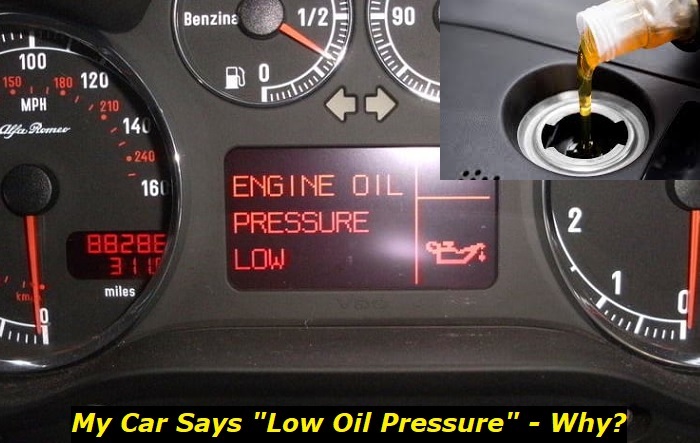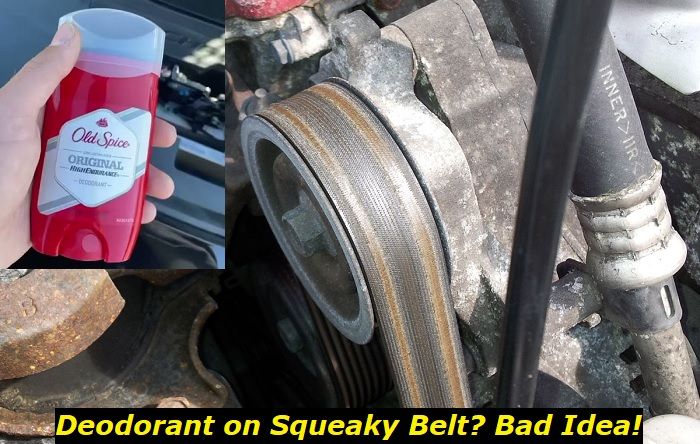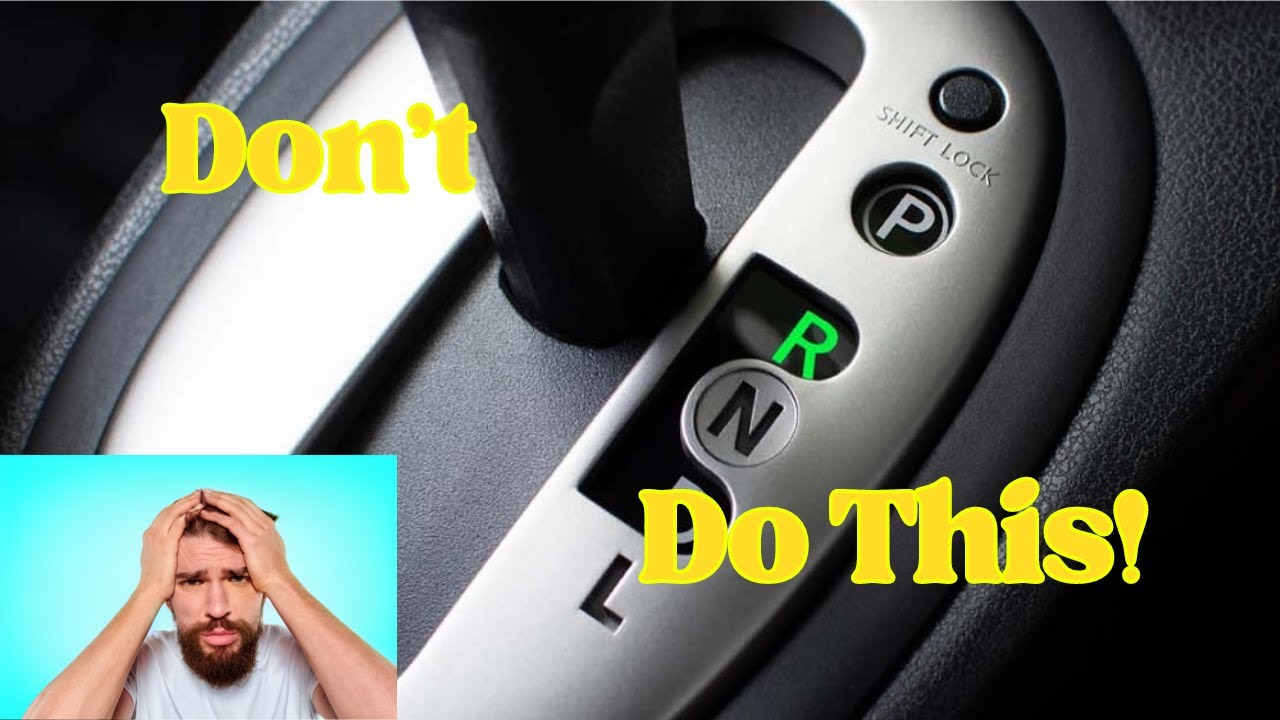Engine oil is an important part of your car that protects it from damage and ensures that it operates smoothly. As engine oil is pushed through the engine by the pump, it flows through small openings in the engine and builds up pressure. This pressure ensures that oil reaches every part of the engine and provides a solid layer of lubrication between moving engine parts.
When your car says "low oil pressure" this means that the engine oil flowing through the engine is not sufficiently pressurized. Your engine requires a certain level of oil pressure for the moving parts to be adequately lubricated and protected from wear and tear. When the oil pressure is insufficient, it's only a matter of time before engine damage starts to occur.

In this article, we'll discuss what oil pressure is and why it's important to maintain good oil pressure. We'll also look at the common causes of low oil pressure.
What is Oil Pressure?
Oil pressure is the result of oil being pushed through the engine's openings by the oil pump. The pushing force of the pump forces the oil through the tiny openings and allowances between engine parts. This restriction pressurizes the oil, allowing it to work its way through the moving parts of the engine.
Sufficiently pressurized oil creates a cushion of fluid between engine parts, preventing direct contact between the metal parts, and reducing wear and tear on the engine.
Importance of Oil Pressure
Oil pressure is a very important factor in keeping your engine running. Having the correct amount of oil in the engine is also very important, but it isn't enough. The oil needs to be at a sufficient pressure to move throughout the entire engine, and protect the moving surfaces.
If the oil pressure in the engine starts to drop, the oil won't be able to flow through the engine as it should. This will result in unlubricated surfaces in the engine that will wear against each other.
Poor lubrication in the engine will result in overheating, warping, broken seals, and other forms of wear. If this is allowed to go on for too long, it will result in severe engine damage, and can even ruin the engine completely.
Reasons for Low Oil Pressure
There are many reasons why the oil pressure could be low. We'll take a look at the different reasons, starting from the most common causes of low oil pressure.
1) Not Enough Oil in the Engine
A low oil level is the most common cause of a low oil pressure warning. If the level of oil in the engine isn't sufficient, the oil won't be able to reach the correct pressure, no matter how hard the pump works.
An insufficient level of engine oil can be caused by increased oil consumption. Increased oil consumption could be a result of evaporation or burning due to worn piston rings. It could also be a result of leaking, because of aged or broken seals.
Dealing with low oil is very simple. Simply top off your oil with the appropriate amount. Make sure to use the dipstick to check that your oil doesn't go over the maximum level. After filling up your oil, make sure to check for leaks.
To check for leaks, start the engine and allow it to idle for about 5 to 15 minutes. This will give the oil time to warm up and flow through the engine. Shut off the engine, and check underneath the car for drops of leaking oil. If you see any oil on the ground beneath the car, you have an oil leak. To fix the oil leak, you will need to take your car to a mechanic, who will identify the source of the leak, and fix or replace the faulty part.
2) Engine Wear
When oil flows through the engine, it passes through certain allowances and oil restrictions. These allowances control the amount of oil that can flow between two components. The allowances are engineered to permit the required amount of engine oil needed to lubricate the two moving parts.
If the engine has high mileage or has been driven too often with low oil, it might suffer some wear and tear that increases the size of the allowances. This allows more oil between the components and reduces the total oil pressure.
When this happens, you will need to have the car checked by a mechanic. The worn parts will need to be replaced, or the entire engine might need to be rebuilt.
3) Clogged Oil Filter
The oil filter prevents contaminants and debris in the oil from getting into the engine. If you regularly use contaminated or dirty oil, the oil filter can become clogged. A clogged oil filter won't allow oil to reach the engine. This results in oil starvation, which in turn causes low oil pressure.
To fix this, you should make sure to only use clean and high-quality oil for your car. Also, make sure to regularly examine your oil filter, and change it when it is dirty.
4) Worn Oil Pump
If the car has a normal level of oil, but the oil pressure is low, then you might have a worn oil pump. If the oil pump is worn, it won't be able to function efficiently and won't produce adequate oil pressure in the engine.
A worn oil pump will need to be replaced.
5) Clogged Oil Pickup Screen
The oil pickup screen is a part of the oil pump that filters out debris from the oil pan. If the vehicle is old, or if you use dirty engine oil, the pickup screen can get clogged with debris. When the pickup screen is clogged, the oil pump will not be able to pull oil from the oil pan into the pump. This results in oil starvation and low oil pressure.
To fix this, the oil pickup screen will need to be removed and cleaned.
6) Worn Oil Pressure Relief Valve
The oil pressure relief valve limits the maximum oil pressure in the engine and protects it from getting damaged by excessive oil pressure. When it is operating normally, the valve opens when the oil pressure passes a certain threshold limit. However, if there are contaminants in the oil, the oil pressure relief valve can get jammed or stuck in the open position. As a result, the oil pressure will continue to drop, resulting in a low oil pressure warning.
To fix this problem, you can attempt to remove and clean the oil pressure relief valve. However, if the valve is damaged or corroded, it will need to be replaced.
7) Faulty Oil Pressure Sensor
It is possible for the oil pressure warning to come on even though the oil pressure in the engine is still normal. This might be the case if you notice that the oil level is within the normal range, and the engine is still running as it should. When this happens, you're dealing with a faulty oil pressure sensor.
Just because the oil pressure is still normal, that does not mean this problem should be ignored. With a faulty oil pressure sensor, you won't be able to tell when the oil pressure is actually low. This can result in the engine getting damaged without you being aware.
If you suspect a faulty oil pressure sensor, you should test the oil pressure with a gauge. If the oil pressure is normal, you should replace the oil pressure sensor.
8) Oil Viscosity is Too High or Too Low
There are different types of engine oil. One of the main differences between engine oils is their viscosity. Oil viscosity defines how easily the oil flows through the engine at a certain temperature. Using oil with the wrong viscosity in your engine can be misidentified as low oil pressure.
High-viscosity oil has a high resistance to being pumped through the engine, while low-viscosity oil is easily pushed through the engine.
Typically, high-viscosity oil is used in the summer, or when temperatures are high. Low-viscosity oil tends to be used during the winter, or when temperatures are low because it flows more easily at cold temperatures. It is important to make sure that you use the correct oil by checking the recommendations in the owner's manual of your vehicle.
Conclusion
When your car says low oil pressure, it means that the pressure of the engine oil is below the sufficient level. Your car needs sufficient oil pressure to ensure that the oil flows throughout the entire engine, keeping it well-lubricated. If the oil pressure is too low, The engine won't be sufficiently lubricated, which can result in overheating, warping, and total engine failure.
Low oil pressure can be caused by several different reasons. The most common reason is that the level of engine oil is low. This could be due to evaporation or leaking. Some other causes of low oil pressure are a worn oil pump, a faulty oil pressure relief valve, a clogged oil filter, a worn oil pump, or using the wrong viscosity of engine oil.
About the authors
The CarAraC research team is composed of seasoned auto mechanics and automotive industry professionals, including individuals with advanced degrees and certifications in their field. Our team members boast prestigious credentials, reflecting their extensive knowledge and skills. These qualifications include: IMI: Institute of the Motor Industry, ASE-Certified Master Automobile Technicians; Coventry University, Graduate of MA in Automotive Journalism; Politecnico di Torino, Italy, MS Automotive Engineering; Ss. Cyril and Methodius University in Skopje, Mechanical University in Skopje; TOC Automotive College; DHA Suffa University, Department of Mechanical Engineering






Add comment